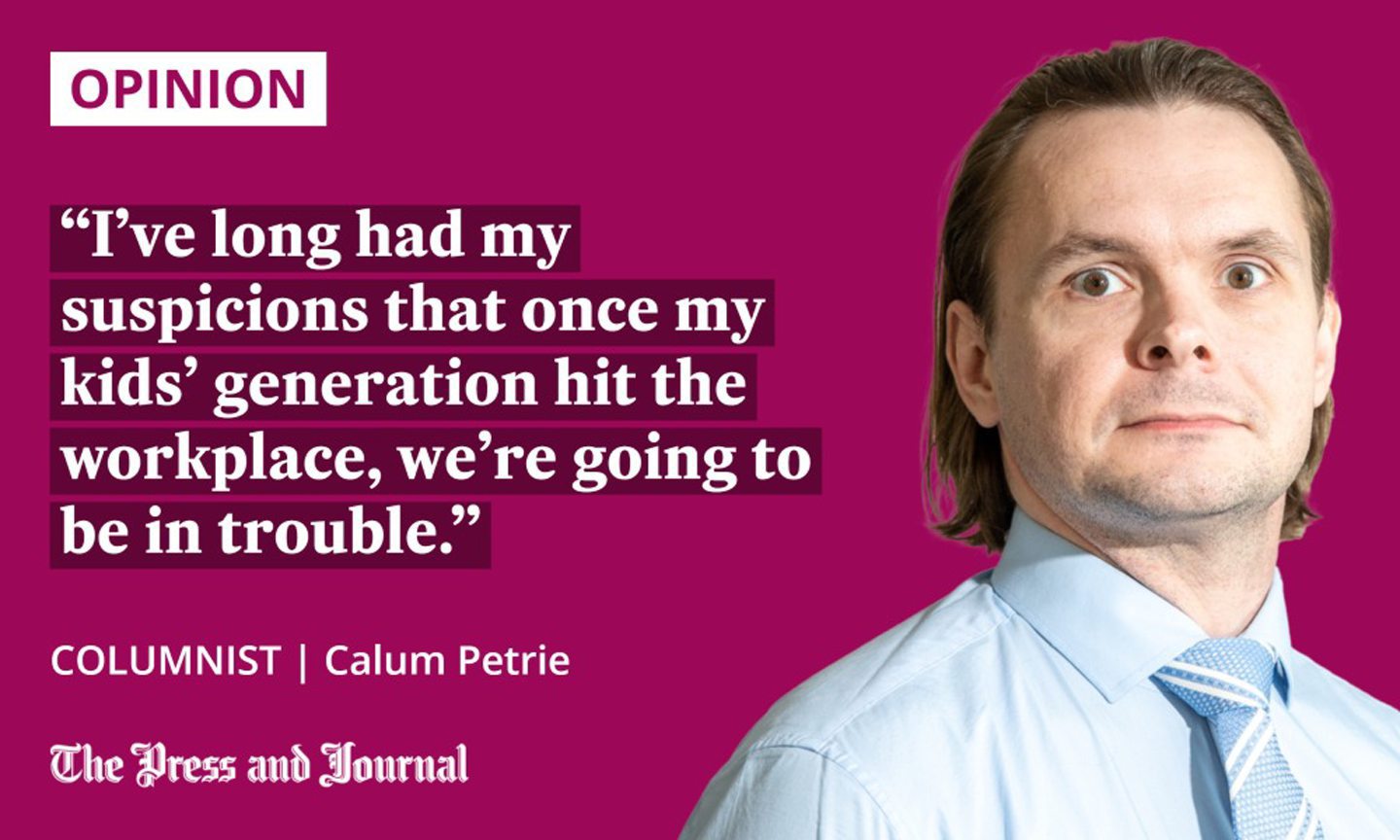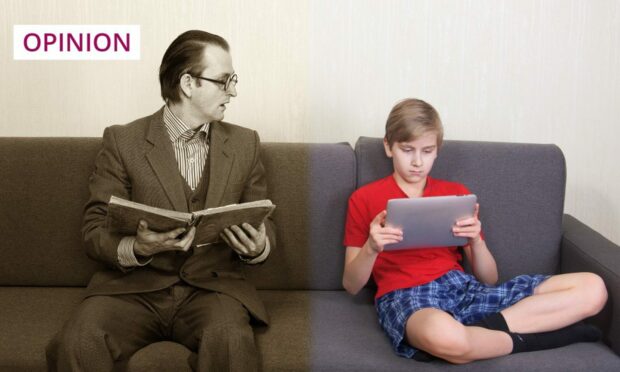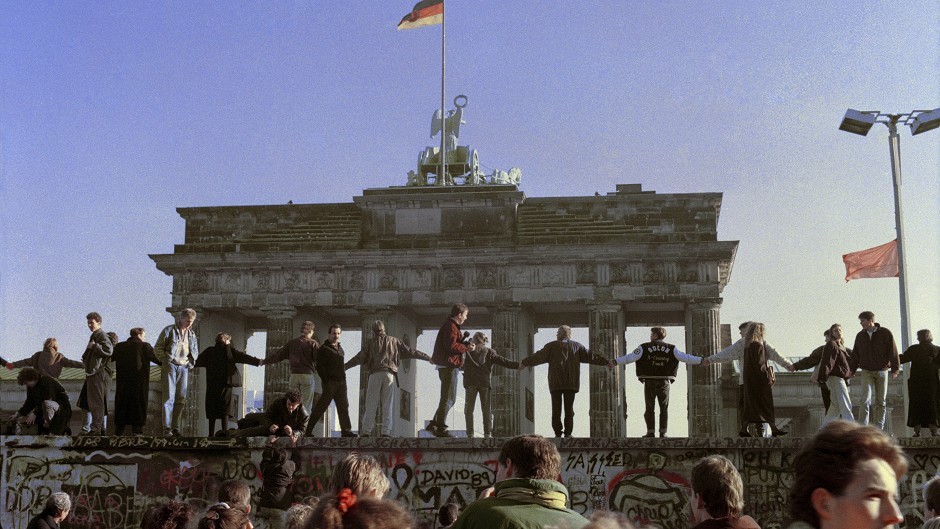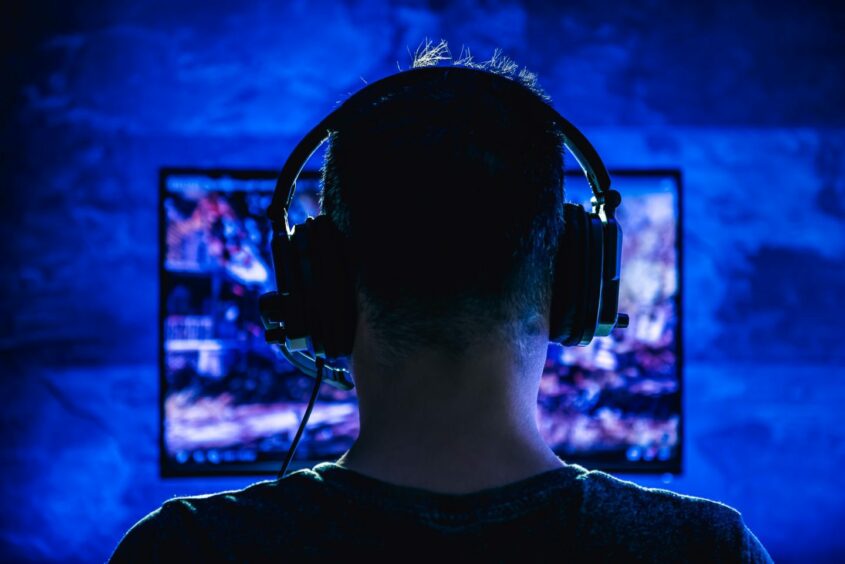The generational gap between my kids and I is surely the biggest there has ever been between two generations.
Of course, as with every generation since time immemorial, I had to hear all the ‘In my day…’ stories from my parents.
But the more I think about it, the more I realise how little changed between my parents’ childhood and my own.
I grew up in the 1990s, my parents in the 1960s.
Neither of us had internet, or mobile phones.
When not in school, I was outside playing come rain or shine, only cycling home for meals or when it was too dark to see the football. Just like my parents as kids.
Yes, their TV was black and white and had only two channels. But there were only four channels when I was a kid, and just an hour of kids’ TV a day after school. And for both of us, all channels shut down for the night.

Both generations had to make their own fun. And learn how to live with boredom. We read books. We communicated by writing and posting letters.
Delayed gratification was the order of the day – we had fun things, but generally we had to wait for them.
We even had to wait for the Green Final to hit the shops to find out the football scores. Reading about games that took place that same day – now that was something!
The biggest difference was perhaps that we had electronics. Game Boys, an Amiga or SNES if you were lucky. But it didn’t come with access to strangers on the other side of the world at the touch of a button.
‘No internet? How did you live?’
Fast forward to my kids’ generation, and the world has changed beyond recognition.
We were taught at school that the world changed when the Berlin Wall fell. But that was nothing compared to the advent of the world wide web.
If you want to see a mind blown, tell your child there was no such thing as the internet when you were their age. “But how did you live?”
I had a friend round to stay recently. Unlike me, he’s a gamer, and spent an hour or so playing Xbox with my son.
As I sat and watched, pretending to be interested, I realised they were playing against two random people online.
“Do all these games involve playing with strangers online?”, I asked him.
“Pretty much.”
“Adults?”
“Sometimes, and teenagers.”
“So they can just shout abuse at kids while they’re playing?”
“Oh yeah, that happens. Call of Duty is the worst.”
How can parents possibly know what their kids are up to now?
It’s often said that you should always know what your kids are up to. But how is that possible in this day and age, with the plethora of gadgets and any number of ways to get online and use social media?
Our parents never had to worry about social media, or the internet in general, when I was growing up. ‘Stranger danger’ was about the extent of it.
It doesn’t help that our kids’ mastery of technology, having grown up with it from Day One, often surpasses ours.
I’ve long had my suspicions that once my kids’ generation hit the workplace, we’re going to be in trouble.
When my kids come home from (primary) school and talk about the coding they did that day, it feels like confirmation of my fears.
My son was producing professional-looking PowerPoint presentations for his schoolwork at the age of eight. I needed a course at work in my mid-20s to learn how to painstakingly put together the most basic of slide shows.
I used to tell my kids that Dads have eyes on the back of their head. But no parent can keep up with their kids these days.
It feels like all you can do is bring your kids up with good values the best you can. And try to keep up a good level of communication – not always easy, particularly when they reach that age.
The scale of change since I was a kid has been revolutionary.
And it’s my generation that are having to adapt as parents. Just when social media is full of how to be ‘the perfect parent’.
Answers on a postcard.
Calum Petrie is a father-of-three and writes features about schools, education, and family matters.












